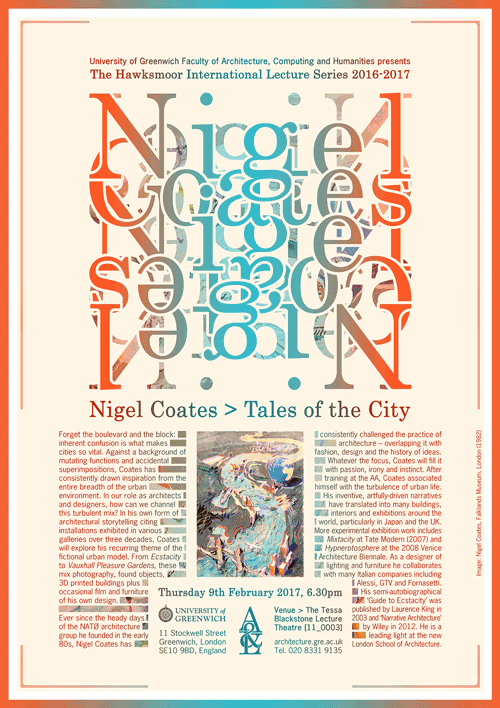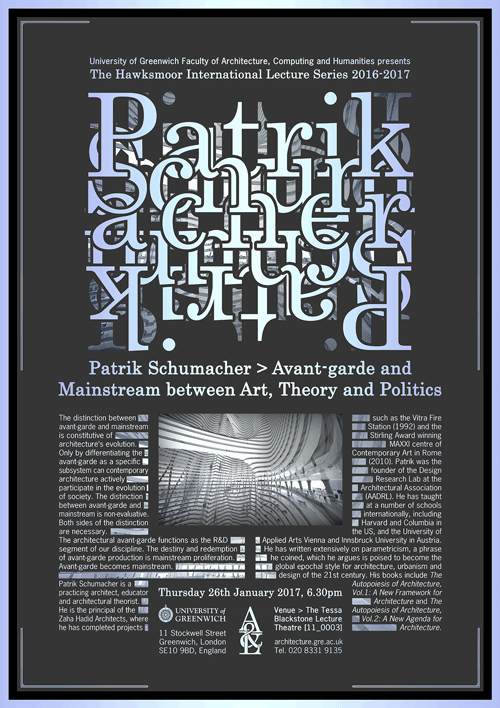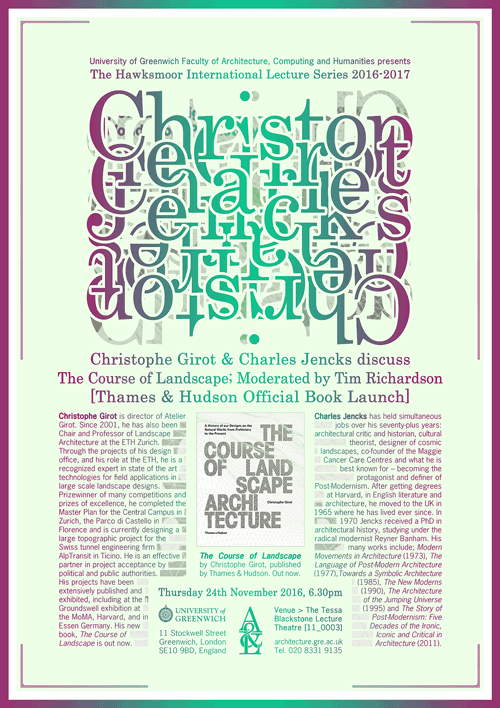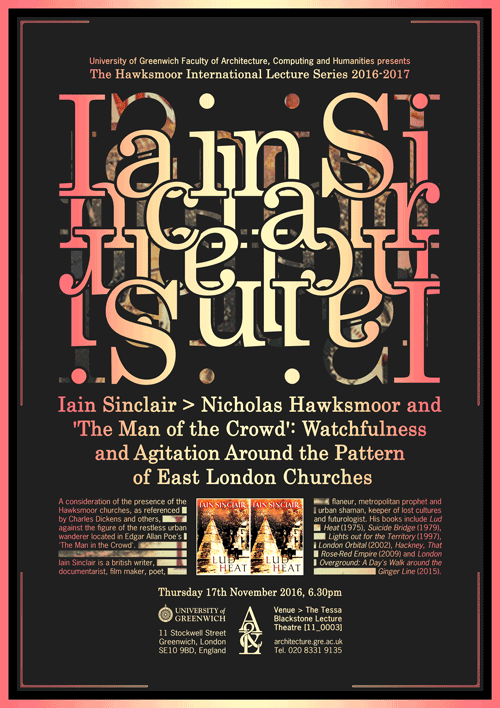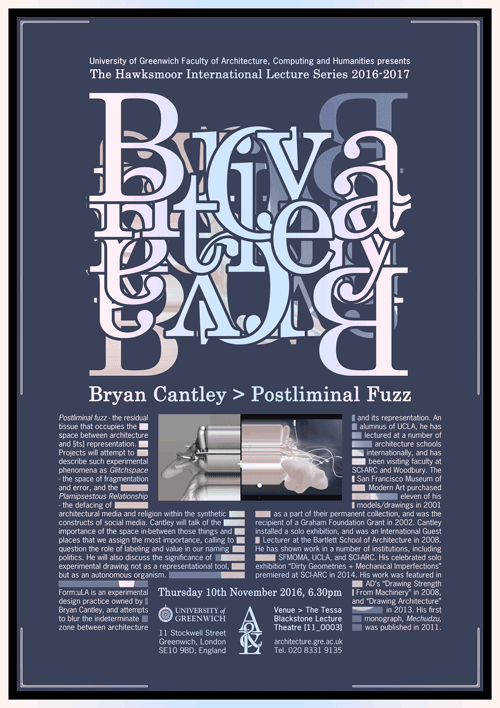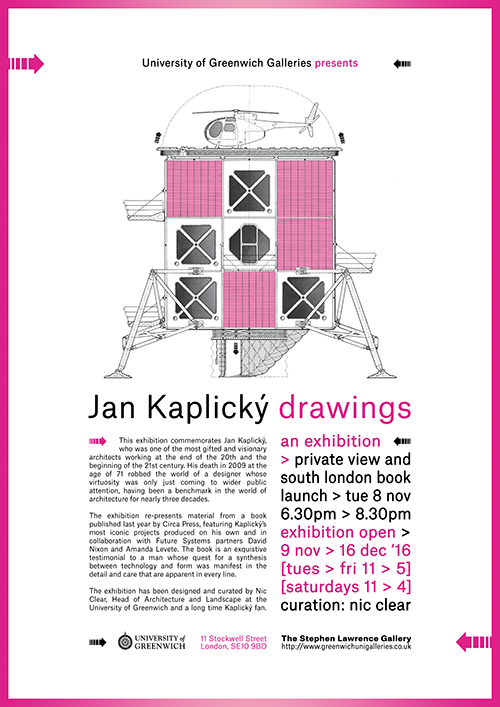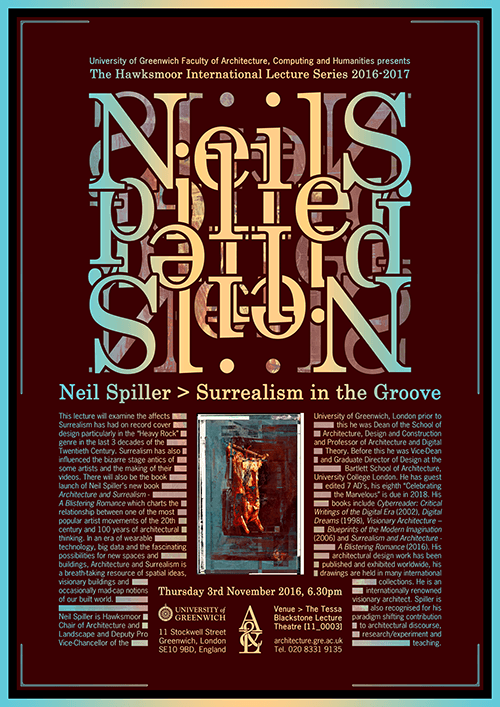- Thursday 16th February 2017, 6.30pm
- Tessa Blackstone Lecture Theatre [11_0003]

‘What it is, with all the kinds, causes, symptoms, prognostics, and several cures of it. In three partitions; with their several sections, members, subsections, philosophically, medicinally, historically, opened and cut up…’ – Robert Burton, ‘The Anatomy of Melancholy’
This lecture explores the Post Truth world where everything that was once stable appears suddenly uncertain. A powerful interplay between the forces of nature and technology against those of culture and economics. Facts and Alt facts grotesquely distort picturesque futures. The New Wunderkammer – an encyclopedic inventory of complex interconnected taxonomies. Presented here with meticulous footnotes, exhibit cards, carefully catalogued listings and Latin citations of provenance – guided by the reassuringly confident tone of the absent narrator. A delirious journey confronting complex strands of interwoven narrative and inexplicable facts; finally balanced on the edge of reason and bathed in doubt. From the Historical Arcane and Natural Curiosa in the private collections of 16th and 17th Century Europe, to vitrines of state, and the ever-present digital cloud.
Simon Herron & Susanne Isa were both trained at the Architectural Association London. They currently teach design studios at the University of Greenwich, where Simon is Academic Leader Architecture, and Susanne is Year 1 Design Coordinator. They were Previously postgraduate design tutors to MArch Unit 16 at the Bartlett and DS 14 University of Westminster, and have also run international studios at Sci-Arc Los Angeles and Lund Sweden. Both have lectured and exhibited internationally. Built works include Machi no kao: three pavilions for Toyama Prefecture, Japan [Herron Associates @ Imagination 1991-94] and a collaboration with AHMM & Studio Myerscough to produce the Millennium products touring exhibition for the British Council, and display units for the Millennium Dome Learning Zone [1998]. Their current research interest reflects on Architecture in the age of the Anthropocene, with a particular focus on photography and architectural drawing. With Mark Morris [Architectural Association] they are documenting and curating the Ron Herron Archive. This project has been supported by a research and development grant from the Graham Foundation for Advanced Studies in the Fine Arts.
